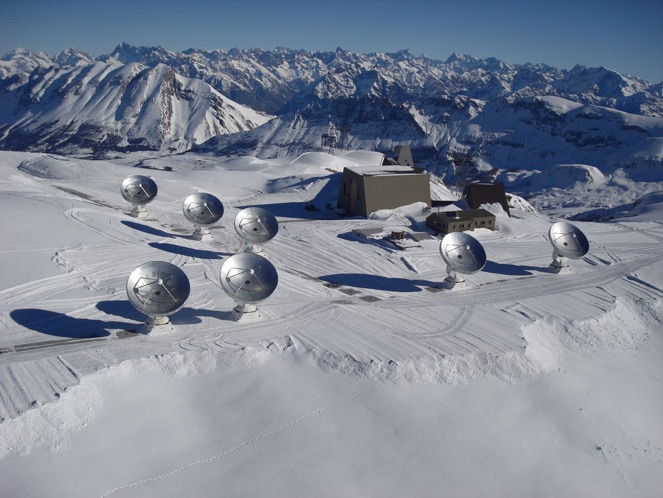Fragmentation
and
disk Formation
during
high-mass
star formation
(NOEMA large program)

Fragmentation
and
disk Formation
during
high-mass
star formation
(NOEMA large program)



The NOrthern Extended Millimeter Array (NOEMA)
Picture: Courtesy A. Rambaud